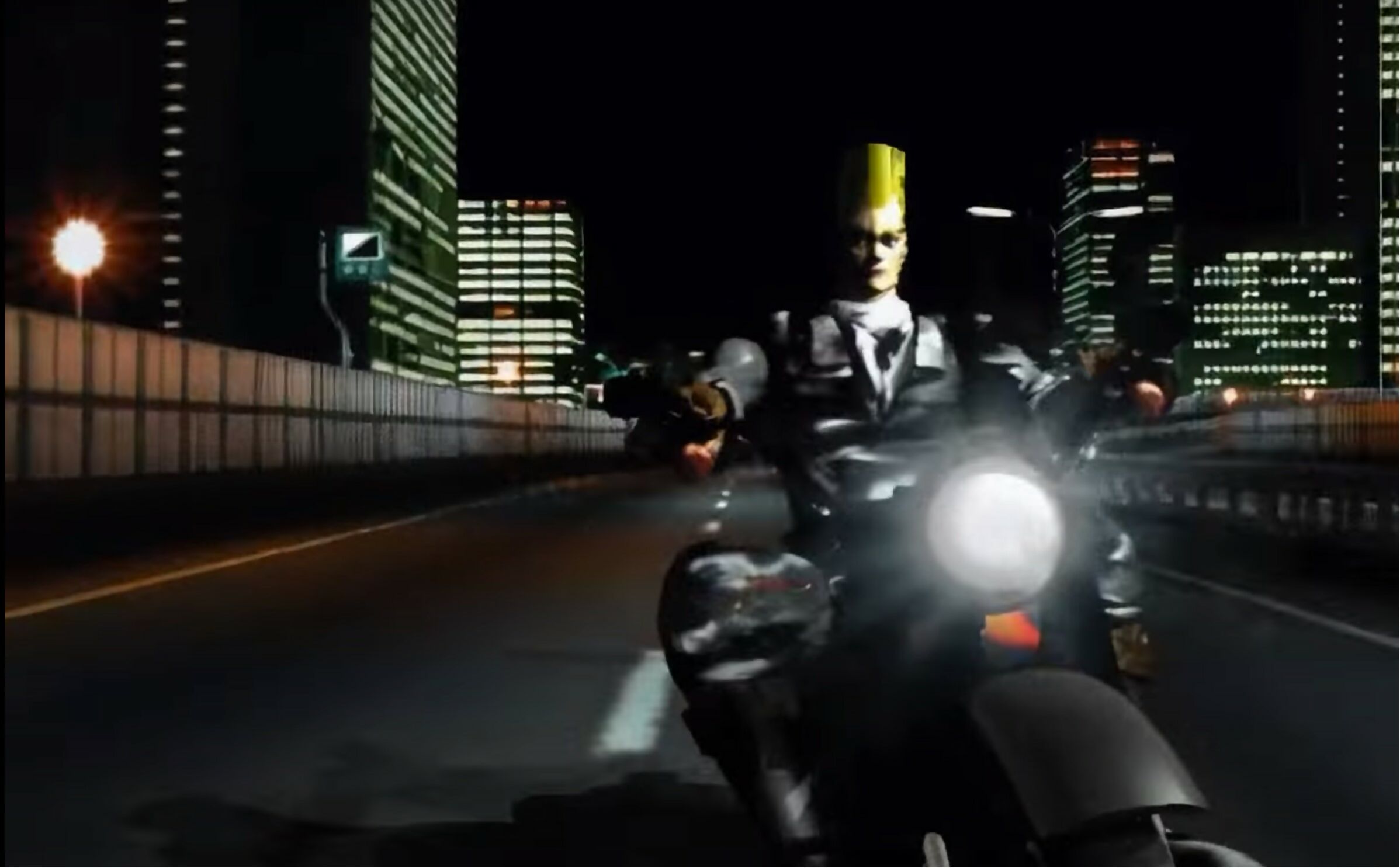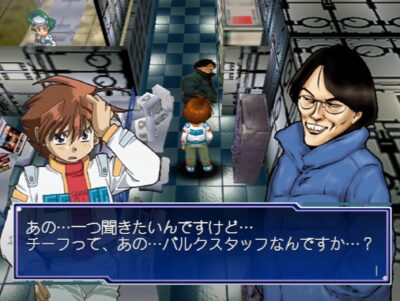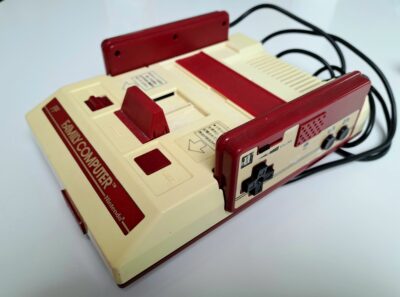
Games like Tekken and Silent Hill began with intro sequences that pulled you into their worlds. Jon Bailes mourns the loss of an 80s and 90s artform.
Thunder, lightning, synth and electronic drums. The silhouette of a ninja flashes on screen, and again as he jumps upwards, out of view. Seconds pass, he slides in from the right, close up, face in full colour, sword raised. He deflects a couple of incoming throwing stars, then strikes a pose as the electronic guitars crescendo. A title appears: The Revenge of Shinobi. Press Start.
They really don’t make them like they used to. In under 30 seconds, Sega’s Mega Drive classic from 1989 (1990 for us Europeans) whets the appetite, sets the tone, gets the heart racing for what’s to come. You are about to become a ninja with bottomless poise and skill, it announces, supported in your mission by the musical talents of Yuzo Koshiro. Who could resist such a pitch?
Should I be embarrassed to admit that, even though it was perfectly possible to skip this sequence, I’d often watch it anyway before diving into Joe Musashi’s vengeful venture? In a way, it was little more than an evolution of the attract modes in arcade games – looping a few demo snippets in the hope they might convince you to shove in some coins – and as such completely unnecessary. Yet somehow it was always worth absorbing in its full glory, a digital amuse bouche as essential to the dining experience as the main course to come.
The 1990s would prove to be the golden age for intro sequences of the kind I would gladly watch over and over. Another World’s quietly cinematic scene setter was the next jaw-dropping evolutionary step, defining the character you were about to control and his predicament in a few short minutes with a cinematographer’s eye, expressive detail and (for the time) a remarkable visual style. From there, the advent of the CD generation would see the art of the intro soar, with all that extra storage space near demanding a helping of pre-rendered flash on bootup.
Of course, one of the main attractions of the intro sequence back then was that it felt like looking into the future. An accomplished intro showed off graphical quality that you couldn’t hope to witness while actually playing the game, so you would marvel at the sights, imagining from the benchmarks they set what you might be playing in years to come. The trio of Tekken games on PS1 are exemplary here, with the third in particular (still magnificent) offering a glimpse of the next generation before it had arrived.
From that perspective, it’s surely no surprise that intro sequences have gradually shrivelled and died as a form (although the Tekken series has been one to continue the tradition). In-game graphics have been luscious enough for a decade or so to ensure that cut scenes are often rendered using the same assets at the same level of detail. There’s no real wow factor to be gained from showing off the prowess of the pre-render before reaching the title screen proper.
And now that current generation consoles come equipped with sleep modes and quick resume functions, there’s even less reason for developers to make the effort. Many players may not even see the title screen more than a few times in their journey through a new release, and it wouldn’t make sense to quit out of the game purely for the pleasure of watching it introduce itself again, like pausing an episode of Succession mid-flow to relive the title sequence before continuing on your way.
Then again, I mention Succession because it’s one of those shows whose title sequence is worth rewatching, at least sometimes, rather than reaching for the skip button at the start of each episode. Why? Well, primarily because of the theme tune. And likewise, those classic 90s intros were often worth savouring due to some banging audio work. Without the anime-inspired intro to JRPG Wild Arms, for instance, we’d be robbed of one of the finest pieces of game music ever composed. How can anyone watch that and not feel ready for adventure? Or how about the exquisitely violent mandolin twangs of Silent Hill, an act of screeching melancholy that puts you on edge before you start?
Silent Hill is fascinating here for other reasons, too. Released in 1999, with the next generation peering over the horizon, its montage of cut scene moments wasn’t showing off some unattainable graphical potential so much as enticing you into its mystery, revealing the characters you would meet, hinting at their possible fates. It was, in effect, a TV title sequence of the sort you might refuse to skip every time.
That the series made a tradition out of this approach, right up to Downpour in 2012 – albeit never quite as hauntingly as that first time – also makes it an interesting litmus test to consider whether the intro sequence still has legs in today’s gaming landscape. Will Team Bloober and Konami feel it’s worth the trouble? That it’s still a core part of the Silent Hill experience?
It would be easy to understand if they decided against it, but a shame nonetheless. I feel like the dedicated title sequence, or something like it, still has value that goes beyond its status as an audio-visual showcase and mood setter, or as a fragment of nostalgia. Why else did I refuse to skip them more often than not? Why do I still look them these relics up on YouTube occasionally?
I think one reason is because games these days, especially in digital, subscription-based formats, have come to feel disposable. And in line with that sense, many modern start up sequences are cold, technical, as if underlining that the game is a mere piece of software. The first time you fire a game up, you’ll be changing gamma and language settings, agreeing to sprawling terms of use contracts, clicking through warnings about the autosave feature. Subsequently, you’ll be delivered to a functional title screen and a spread of menu options, with a decent bit of music if you’re lucky. Where’s the adventure? Where’s the suspense, the anticipation?
Intro sequences, conversely, are a reminder of a time when great new games had gravitas. They were pieces of craftsmanship to be fully absorbed, not products, and the intro sequence was the window into that artistry, a thing that announced itself as bold, ground-breaking, exciting, essential.
While we can logically understand why few games do intro sequences today, then, we might also consider why they should. They could be a means to cut through the technical and corporate drudgery, to instantly slip you into the character of a badass ninja, or transport you to another world.
Read more: Silent Hill | In pursuit of the lost story we’ll never get to play





